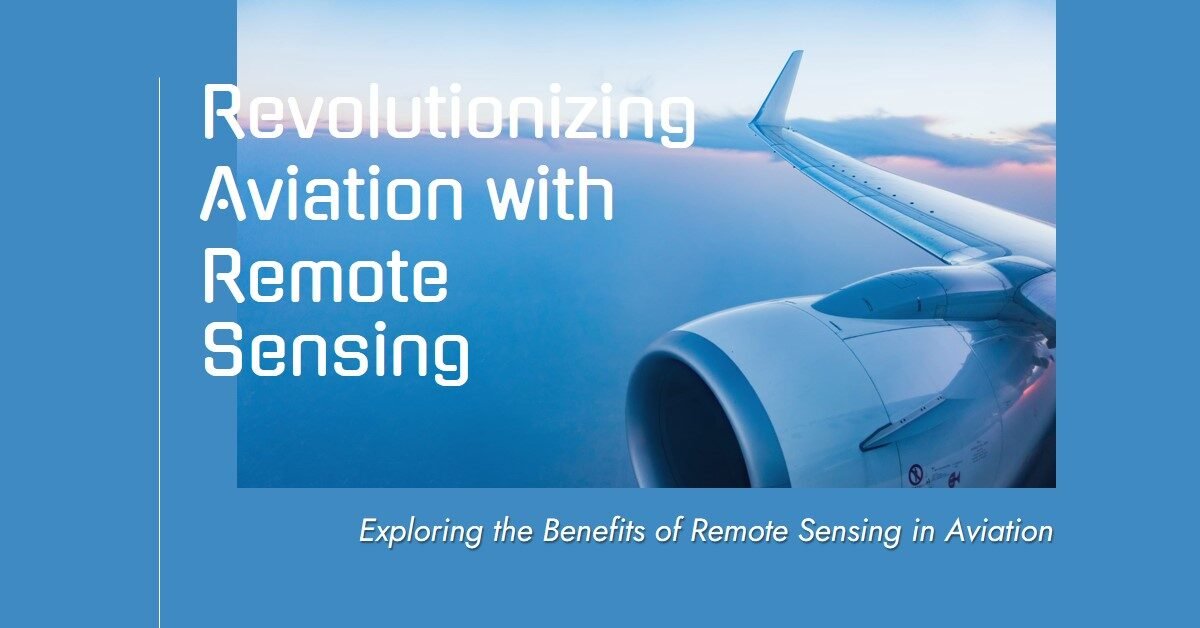The aviation sector uses advanced technology to ensure passenger safety and improve services. One such technology is remote sensing. This innovative technology includes using special drones, satellites, and other tools to collect data. This helps aviation in a number of ways. Here, we will discuss the six best applications of remote sensing in aviation. Let’s have a look!
Weather Forecasting
In the aviation sector, weather forecasting and analysis is important to ensure flight safety. Remote sensing helps greatly in analyzing and predicting weather conditions. Moreover, satellites offer real-time monitoring of different conditions like wind, humidity, rain, and storms. All this helps in better planning the routes and time of the flights. This remote sensing also helps you track your flight status.
Remote sensing technology also plays an important part in navigation and guidance. Aircraft use GPS data for path planning, and it helps the pilots in choosing the safest route for the flight. Moreover, radar-based remote sensing helps in precision landing and thus ensures overall passenger safety.
Environmental Monitoring
The aviation sector usually contributes to environmental problems. These problems often include noise pollution and emissions. Remote sensing plays a great part in monitoring aircraft emissions and noise pollution. It helps the aviation sector to make plans and take action to reduce emissions and pollution for the well-being of the community.
Air Traffic Control and Management
Air traffic control and management are important to ensure flight and passenger safety. Remote sensing technology allows aviation to control and manage air traffic. It is just like managing and controlling the ground traffic for better safety. In aviation, radar systems are used to manage air traffic. These provide real-time data and help the pilots decide the routes. Moreover, tools such as easyJet’s flight tracker also use remote sensing to let you track your flights.
Security and Surveillance
Remote sensing also provides innovative tools to help the aviation sector ensure security. Ground-based radar systems are often used to enhance flight safety and security. It provides real-time data and prevents unauthorized intrusions.
Disaster Management and Emergency Response
In the time of the crisis aviation delivers aid and saves lives with emergency response and management. Remote sensing also plays an important role in disaster management. Satellites have remote sensing technology which helps in real-time assessment of any duster. It thus allows early and prompt planning. Remote sensing also provides an assessment of the damage, and it also helps aviation in managing and allocating resources accurately.
